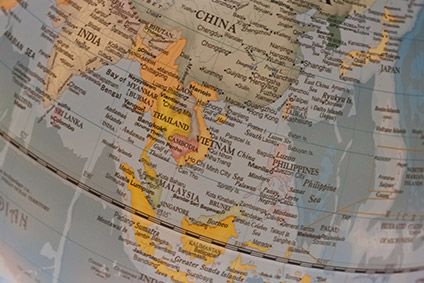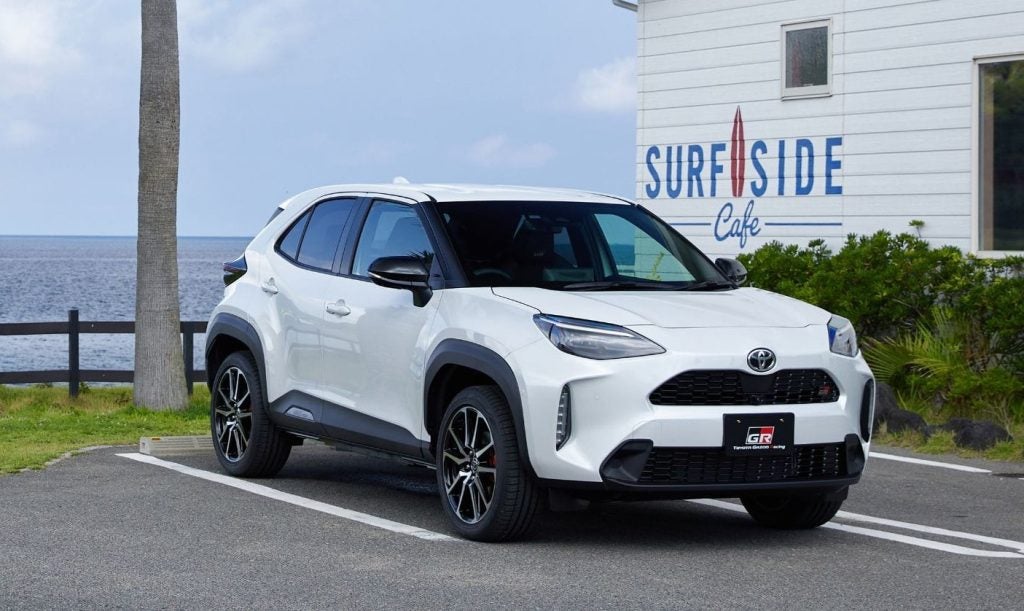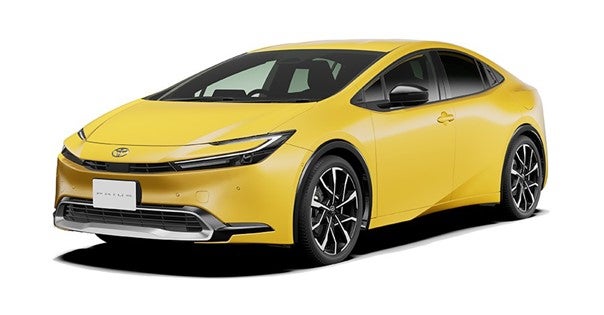
Sales of new vehicles in south-east Asia’s six largest markets declined by almost 9% to 641,524 units in the third quarter of 2021 from 702,916 units in the same period of last year, according to data compiled by www.AsiaMotorBusiness.com from local industry sources including vehicle manufacturers, trade associations and government departments.
This followed an almost 35% rebound in the first half of the year and reflected the huge impact the resurgence of the COVID-19 pandemic had on the region’s economic recovery in the third quarter. After rebounding strongly in the second quarter from depressed year earlier levels, GDP growth across the region was expected to have slowed significantly in the third quarter, with some markets turning sharply negative such as in the case of Vietnam.
The steepest vehicle market declines in the third quarter was in Malaysia and Vietnam where volumes plunged by 59% and 50%, respectively, after strict lockdown was imposed at the beginning of June in response to surging infections and fatalities caused by the COVID-19 Delta variant. Most other countries followed up with strict lockdown in July.
More moderate market declines were reported by Thailand and Malaysia while sales in Indonesia continued to recovery from depressed year earlier levels, driven by low interest rates and sales tax cuts until the end of the year.
Regional vehicle sales in the first nine months of the year were still more than 16% higher at 1,924,384 units from pre-recovery level a year earlier, thanks to a rebound in demand in the first half of the year. With lockdown restriction easing gradually in September, the region’s vehicle markets were expected to improve significantly in the fourth quarter of the year along with rebounding economic activity.
Philippines
How well do you really know your competitors?
Access the most comprehensive Company Profiles on the market, powered by GlobalData. Save hours of research. Gain competitive edge.

Thank you!
Your download email will arrive shortly
Not ready to buy yet? Download a free sample
We are confident about the unique quality of our Company Profiles. However, we want you to make the most beneficial decision for your business, so we offer a free sample that you can download by submitting the below form
By GlobalDataNew vehicle sales in the Philippines declined by 7.4% to 72,642 units in the third quarter from 78,442 units a year earlier, after rebounding by almost 56% in the first half of the year from depressed 2020 level. Year to date sales were still almost 29% higher at 235,562 units. The Philippines was one of the south east Asian countries worst hit by the pandemic last year and the latest wave of infection had significantly delayed its economic recovery.
Vietnam
Vietnam new vehicle sales plunged by over 50% to 34,467 units in the second quarter after the government introduced strict lockdown in large parts of the country in June, responding to a record surge in coronavirus infection. The economy was estimated to have shrunk by 6.2% in the third quarter as a result. After increasing by 32% to 135,606 units in the first half of 2021, cumulative nine month sales were slightly lower year on year at 170,073 units, according to industry data.
Indonesia
The Indonesian vehicle market continued to grow strongly in the third quarter of 2021, by 110% to 234,068 units from extremely depressed year earlier sales of 111,114 units. After plunging by 61% in August, the market resumed its recovery in September after the government began to ease some social and business restriction introduced at the beginning of July to head off the worst surge in coronavirus infection to date.
The vehicle market continued to be supported by record low interest rates and the suspension of the luxury tax on vehicles with engines smaller than 1500cc, which account for over 60% of sales, until the end of the year. Smaller tax discounts are also available for a broader range of locally produced light passenger vehicles, including four wheel drive models and vehicles with engines up to 2.5-litres.
Total vehicle sales in the first nine months of 2021 rebounded by 69% to 627,537 units after falling by 51% to 372,046 units in the same period of last year, as passenger vehicle sales surged 68% to 468,532 units while commercial vehicle sales were up 69% at 159,005 units.
Toyota reported a sales increase of almost 88% to 207,881 units year to date with new models, such as the Raize small crossover vehicle and the new Rush compact SUV, helping to drive volume higher. Daihatsu sales were 68% higher at 116,048 units, lifted by the Rocky small crossover.
Mitsubishi outperformed with sales almost doubling to 77,531 units (+99%), helped by the launch of the Xpander Cross towards the end of last year. Honda sales increased by 37% to 68,301 units, followed by Suzuki with 65,885 units (+47%).
In September, Honda launched the second generation BR-V, a 1.5-litre seven seat compact MPV designed specifically for Indonesia. The automaker hopes the vehicle’s new SUV-like appearance will help it compete more effectively with the Mitsubishi Xpander.
Thailand
New vehicle sales in Thailand declined by 15% to 216,930 units in the third quarter of 2021 from 255,033 units in the same period of last year, based on data released by the Federation of Thai Industries, as the country struggled with its worst wave of coronavirus infection so far. The data excluded some significant brands, including Chinese and European commercial vehicle manufacturers and passenger vehicles sold by BMW and Mercedes-Benz.
This followed a 36% rebound in vehicle sales in the second quarter of the year as economic activity expanded for the first time in six quarters. While third quarter GDP data was yet to be released, economic activity was expected to have weakened significantly quarter on quarter after the government introduced widespread restriction on social and business activity in mid July.
The global semiconductor shortage also had a significant impact on vehicle production and sales among the country’s key manufacturers, including market leader Toyota. Lenders had also reported record numbers of loan rejections as household debt continued to rise. Despite this, the domestic vehicle market began to stabilise in September after the government began to ease social and business restriction at the end of August.
In the first nine months of the year, the market was down 3.2% at 525,913 units after plunging by over 29% at 543,219 units a year earlier. With social and business restrictions in the country continuing to be eased, the domestic vehicle market was expected to improve in the final quarter of the year.
The recent surge in infection has had a significant impact on domestic consumption and consumer confidence, however, prompting the government to cut its full-year GDP growth forecast to between 0.7% and 1.2% while the World Bank now expected growth of just 1% this year.
Malaysia
Malaysia’s new vehicle market plunged by 59% to 69,745 units in the third quarter of 2021 after rebounding by 60% to 170,474 units a year earlier, after the government introduced a new Movement Control Order (MCO) at the beginning of June in response to surging cases of the COVID-19 Delta variant.
The market decline followed an almost 40% rebound in the first half of the year, as sales recovered from depressed year-earlier levels during the initial stages if the pandemic. The latest lockdown brought most of the country’s economy to a virtual standstill with GDP expected to have turned sharply negative in the third quarter after rebounding by over 16% in the second quarter.
In the first nine months of the year new vehicle registrations were down by 7% at 318,874 units from 344,019 units in the same period of last year, with passenger vehicles sales down by 9% at 282,992 while commercial vehicles were up 14% at 35,882 units.
Proton sales fell slightly to 73,017 units year to date and Peroduas sales were down 18% at 119,093 units while UMW Toyota Motor sales increased by 6% to 46,118 units.
After the government began to ease some lockdown restriction, the market rebounded 153% in September from extremely depressed levels in August and was set to improve further in the fourth quarter as economic activity rebounded.







